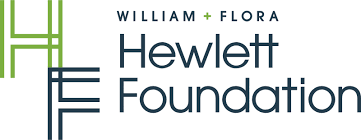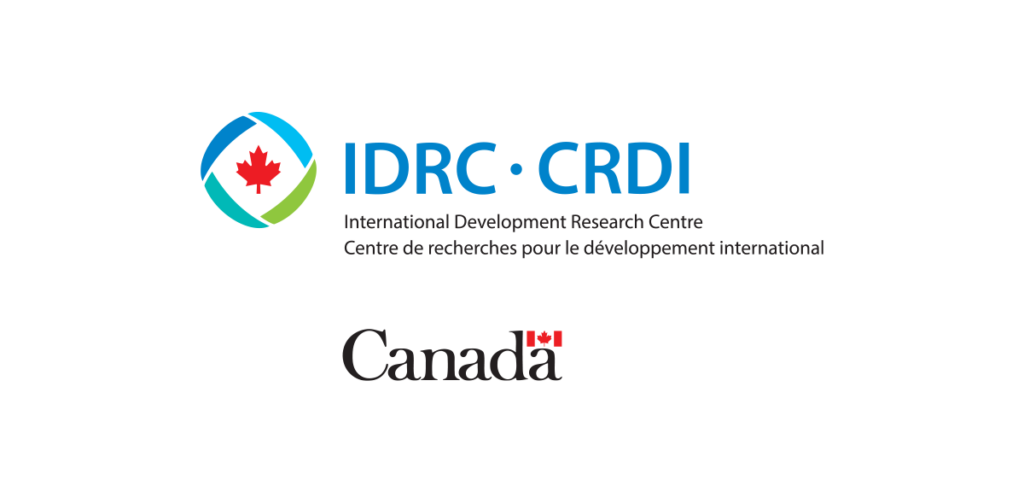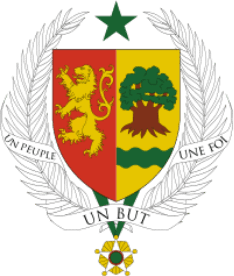The last two years have witnessed extensive discussions on the post-2015 international development agenda. Alongside the United Nations (UN)-led global consultations, several autonomous processes have provided key inputs to the global debates. To date, several institutional proposals (HLP, SDSN, UNGC and UNSG1) and civil society contributions have emerged and are increasingly shaping the future sustainable development goals. In September 2013, the UN General Assembly’s special event on the post-2015 framework and issues designed a roadmap towards the adoption of the post-2015 development agenda. At this special session, world leaders advocated for an “inclusive and peoplecentred post-2015 development agenda”, calling for “a transparent intergovernmental process which will include inputs from all stakeholders including civil society, scientific and knowledge institutions, parliaments, local authorities, and the private sector” (United Nations – Special Event 25 September 2013: Outcome Document).
One of the challenges of the process is to build a single framework and a set of universal goals while recognising national differences and taking into account the primacy of national policies and priorities. The plethora of documents emerging from the global debates and discussions poses an organisational challenge and generate legitimate questions on how the world will reach a useful and efficient consensus. After a close examination of recent UN and civil society reports, Bergh and Couturier (2013) were able to disentangle this apparent chaos and to display the current areas of consensus and divergence in post-2015 goals. Their conclusion shows: i) a strong consensus on the importance of goals such as education, health, gender, energy and poverty; ii) a weaker consensus on goal areas such as governance, food security, water and sanitation, inclusive growth and employment…; iii) few goals areas do not capture much attention: urbanisation, social inclusion, infrastructure and technology.
Building on Bergh and Couturier’s work, we question how the current state of progress in the making of the post-2015 development agenda is consistent with priorities set out by Sub-Saharan Africa through its ‘Common African Position on the Post-2015 Development Agenda.’ Specifically, we look at how the current consensus and divergence on the post-2015 goals and targets integrate the core priorities of Sub-Saharan African countries.
The last three years, the United Nations Economic Commission for Africa (UNECA), the African Union Commission (AUC), the African Development Bank (AfDB) and the United Nations Development Programme’s Regional Bureau for Africa (UNDP/RBA) held several national, regional and continental consultations to articulate an African common position on the post-2015 development agenda. These initiatives were reinforced in July 2012 when the African Union Heads of State (Assembly/
*The author wishes to thank Dr Debapriya Bhattacharya, Chair, Southern Voice on Post-MDG International Development Goals; Ms Andrea Ordonez, Research Coordinator; and Ms Mahenaw Ummul Wara, Focal Point at Southern Voice Secretariat for their continuous and invaluable support. 1The High-Level Panel of Eminent Persons on the Post-2015 Development Agenda (HLP); the United Nations Sustainable Development Solutions Network (SDSN); the United Nations Global Compact (UNGC); and the United Nations SecretaryGeneral (UNSG).
AU/Dec.423 (XIX)) mandated the AUC, in close consultation with Member States and Regional Economic Communities, to identify Africa’s priorities for the post-2015 development agenda, with the support of AfDB, UNDP/RBA and UN-ECA. In May 2013, the AU Heads of State established a High Level Committee (HLC) of 10 Heads of State and Government2 chaired by Liberian President Ellen Johnson Sirleaf, to conduct the process of elaboration of a Common African Position (CAP) in the post-2015 development agenda (Assembly/AU/Dec.475 (XXI)). The mandate of the HLC was to finalise a demand-driven joint African post-2015 perspective and to build regional and intercontinental alliances around it. With the backing of a technical support team3, the HLC committed itself to include the outcomes of the various national, regional and continental consultations held in Africa into the draft CAP.
Alongside these initiatives, AUC, ECA and AfDB led a process to develop sustainable development goals (SDGs) that are compatible with African interest. This process culminated with the Africa Regional Consultative Meeting on the SDGs held in October-November 2013, and aimed at drafting Africa’s sustainable development priorities and goals. Organisers clearly stated their hope to provide the meeting outcome as a technical input to HLC’s CAP draft document. The 22nd African Union Summit held in 31 January 2014 (Assembly/AU/Dec.503 (XXII)) adopted the CAP on post-2015 development agenda with recommendation to the HLC for further refinement, suggesting the addition of a sixth pillar on peace and security. The HLC crafted and launched the final CAP document on 28 February 2014 in Ndjamena, Chad.
For countless reasons, Africa has a lot at stake in the future development agenda. Most social and economic indicators depict a gloomy picture of the continent. African countries are at the bottom of the Human Development Index list and display high levels of poverty and vulnerability. Climate change, environmental degradation, youth unemployment and rising inequalities are among key challenges that Africans have to cope with. Recent positive signs have surfaced, including record economic growth rates in several countries of the continent, even though these have not translated into real poverty reductions. Given the above conditions, it is imperative that Africans participate in the global debate on the post-2015 development agenda to ensure that their interests are taken care of. Unfortunately, information asymmetries and sometimes lack of capacities prevent proficient contributions. This research can offer guidance to Sub-Saharan Africa stakeholders on ways to have their voice heard.
The following section describes the methodology used as well as the data mobilised. Section 3 presents the results and discussions with emphasis on: i) the state of progress towards a post-2015 development agenda; ii) the CAP on the post-2015 development agenda; and iii) the consensus and divergence between the CAP and the current state of international agreement on the post-2015 development agenda. The last section presents the conclusions and policy implications.





